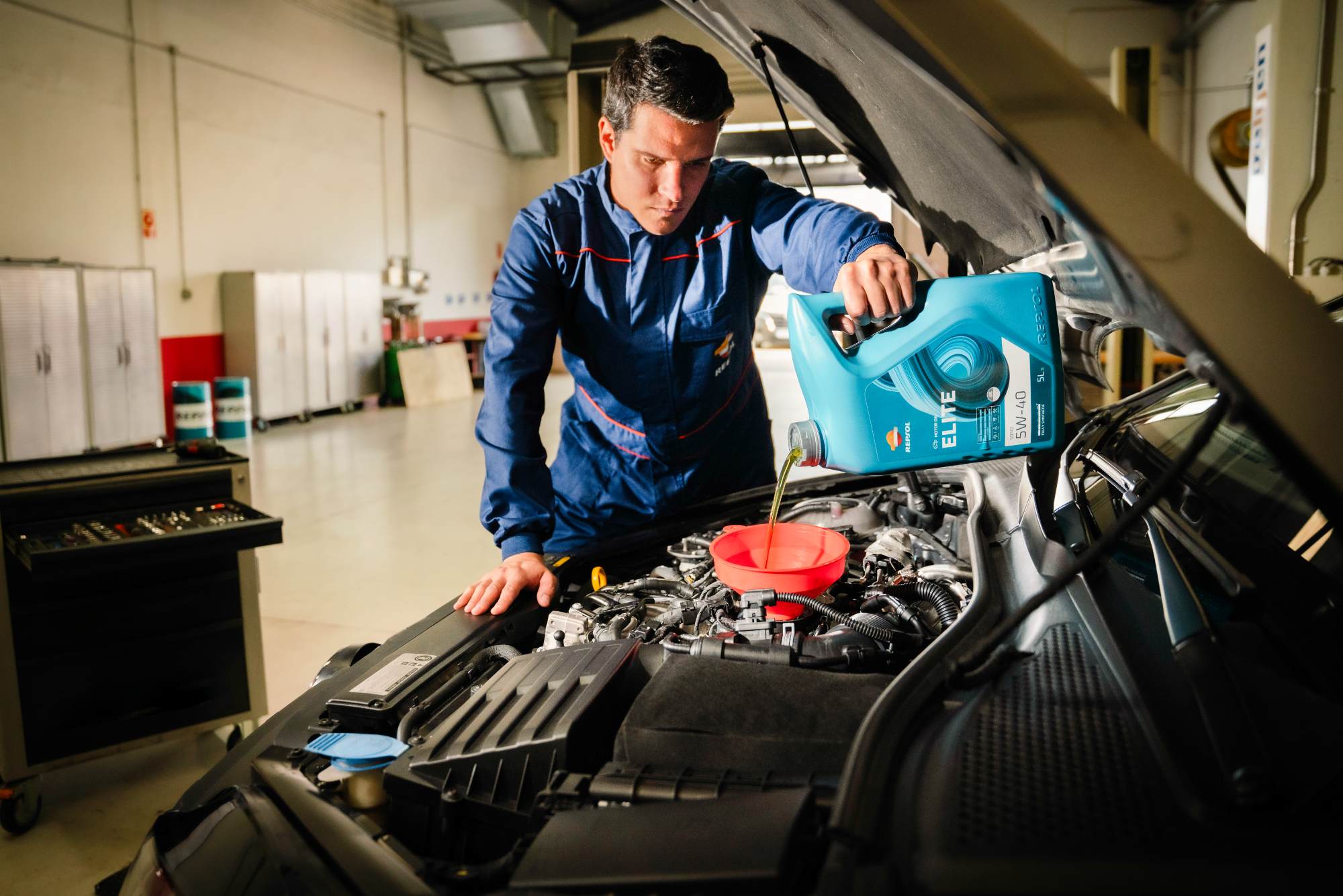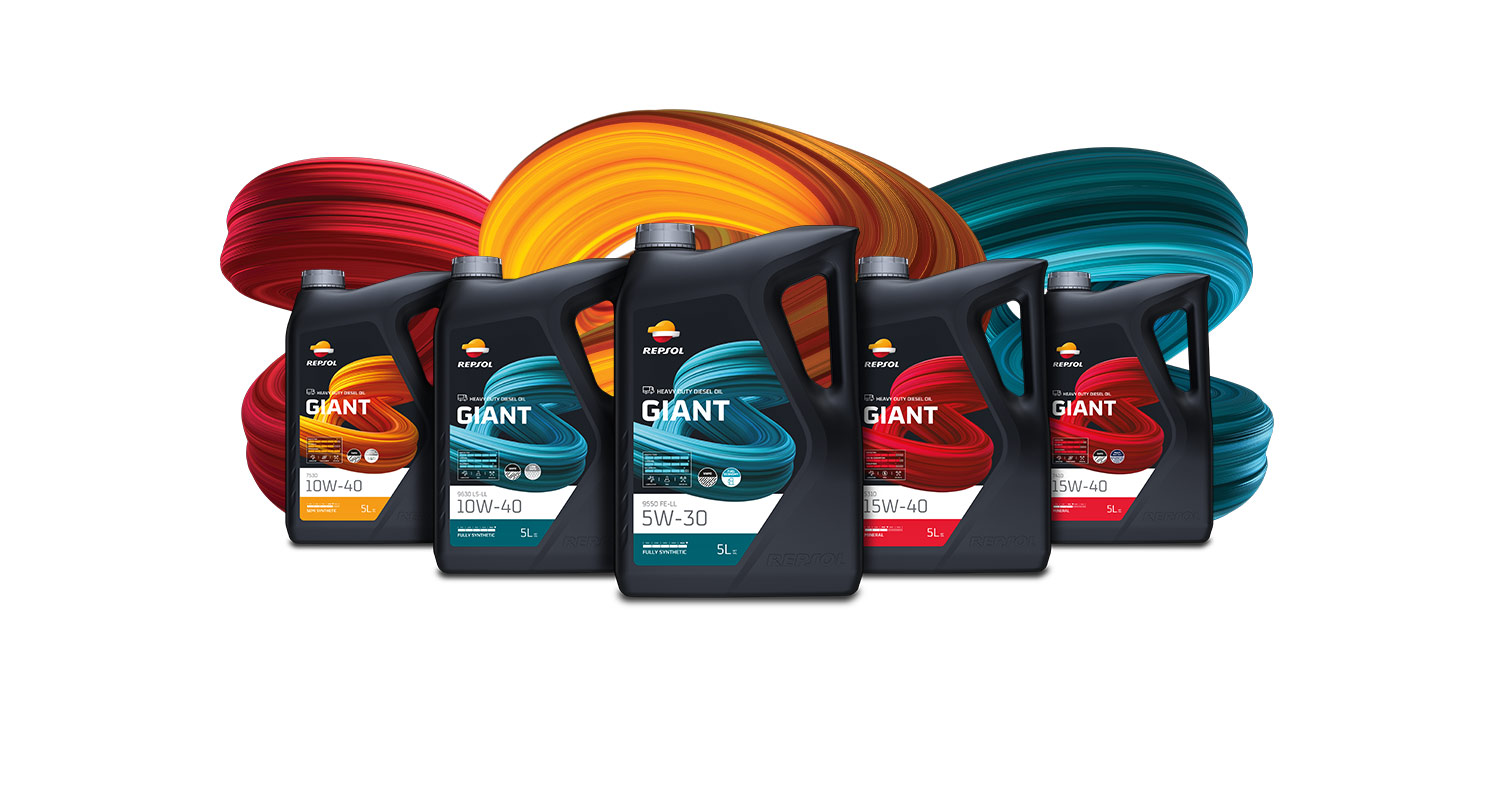Advantages of multigrade oils

When the oil is used outdoors, where temperatures vary significantly over the course of the day, or from one season to the next, using a multigrade oil is essential, which is why it is important to understand the different SAE grades behave in cold and hot conditions. An oil with the appropriate viscosity will guarantee optimal engine protection and performance, avoiding issues from excessive friction or unnecessary consumption.
At the moment, the vast majority of oils used in the automotive industry are multigrade oils. These oils have a very high viscosity index, which allows their viscosity to be low enough at start-up, when conditions are cold, and high enough when the vehicle is running, when the temperature is very high.
That's why the 5W-30 engine oil is a popular option used by numerous vehicles.
What is a 5W-30 oil?
It is a multigrade oil with SAE 5W-30 grade. We already explained in this article, the first number (5W) refers to the oil's viscosity at low temperatures. A sufficiently low viscosity allows the lubricant to flow better and makes the engine easier to start in winter.
The second number (30) is related to high temperature viscosity, such as that achieved when the engine is running. The viscosity must be high enough to ensure that the lubricant film thickness is adequate when working at high temperatures.
The SAE J300 table indicates the dynamic (cold) and kinematic (hot) viscosity limits for the viscosity grade, and the vehicle manufacturer indicates the appropriate viscosity grade for that engine under the given weather conditions in their maintenance manual.
What are the characteristics of 5W-30 viscosity?
The 5W-30 is one of the most used oils as it is recommended by a large number of vehicle manufacturers, for different types of engines and conditions. Below are some of the characteristics of SAE 5W-30 grade oils.
- Versatility: Its viscosity range helps to lubricate and protect the engine's internal components and allows for optimal performance in both winter and summer, without the need to carry out oil changes depending on the season.
- Used in a wide variety of vehicles: this viscosity grade is used by small vehicles, both gasoline and diesel (passenger cars, small commercial vehicles), and by large heavy diesel vehicles.
- Fuel savings: affords some fuel savings compared to much heavier viscosity grades, such as a 20W50, although the engine manufacturer's recommendation must always be taken into account when choosing the desired viscosity.
Related contents



